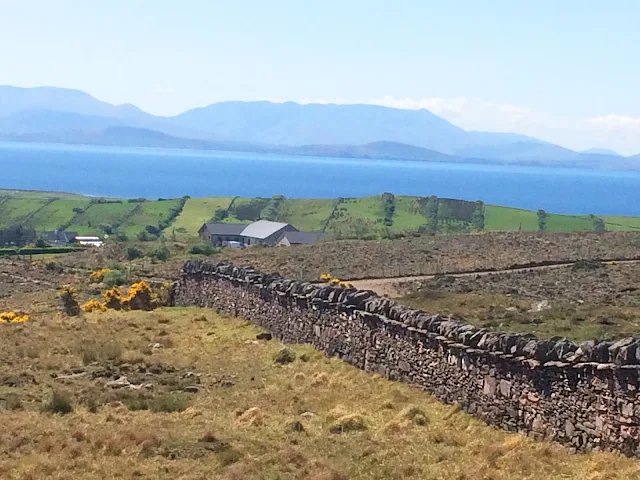
Unless someone has a lot of experience, both having inspected and constructed many many walls incorporating all kinds of challenging types of stone material, it is not always possible to correctly determine if the stones in any particular wall have been used to their best.
The people who are really qualified to appreciate good workmanship are not insecure.They don't need their egos boosted. They don't have to find fault just to impress others. Nor are they hopelessly unrealistic in their expectations of what is possible.
They can fully understand the difficulties and material constraints that exist and may have been the legitimate cause of a wall to not look as neat or as correct as other walls made with less challenging material.
They can appreciate the fact that the stones may not have been as 'shapable' as they might look to others with little experience, that the selection may have been more limited than one would assume, that the waller may not have been given the opportunity or choice to do it differently within the time required or the restrictions placed upon them by the client or the architect.
Basically a sympathetic and qualified observer/inspector of dry stone walls understands that all things may not have been equal.















































